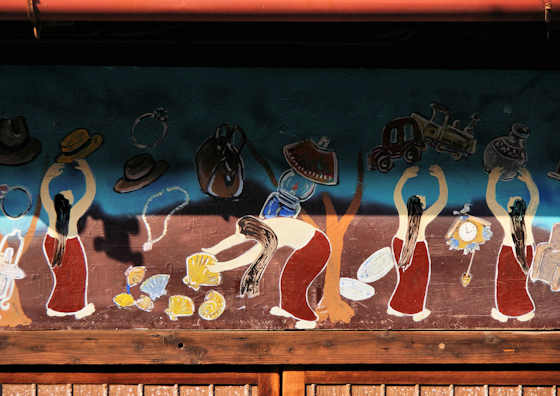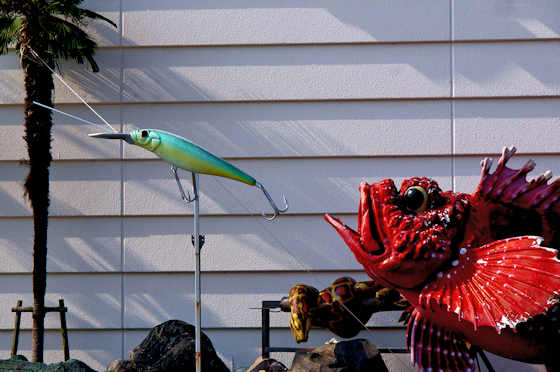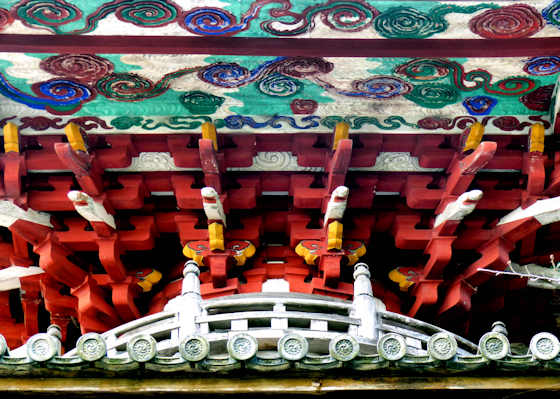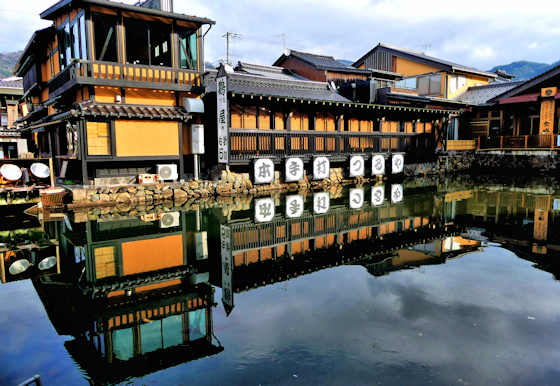Sunday, April 17, 2022
Things Noticed Along the Way
Thursday, April 14, 2022
Daihoji Temple 44 on the Shikoku Ohenro Pilgrimage
Daihoji Temple 44
 |
| Daihoji Temple 44 |
Monday, April 11, 2022
To The Source
Gonokawa River to the source
Due to the travel restrictions caused by the pandemic of recent years I decided to start another walking project locally. My intention is to walk from the mouth of the Gonokawa River to the source, and then back along the opposite bank. The Gonokawa, the longest river in Western Honshu, is 194 kilometers long, yet its source on Mount Oasa is a mere 40 kilometers as the crow flies. It meanders along a great curve passing through Miyoshi, the only inland city in Hiroshima.
Sanin Line Railway Bridge
Slightly upstream is the Sanin Line Railway Bridge. This was opened in 1918 and built of American steel. It is the longest iron bridge on the San-in Line, and the oldest existing bridge on the river.Thursday, April 7, 2022
Gardens at Yakumo Honjin
Yakumo Honjin 八雲本陣
Monday, April 4, 2022
Kumadaniji Temple Revisited
Kumadaniji Temple 熊谷寺
Thursday, March 31, 2022
Izushi Castle Town
Izushi 出石町
Tuesday, March 29, 2022
A Brief Guide to Museums of Hita
Museums of Hita 日田市
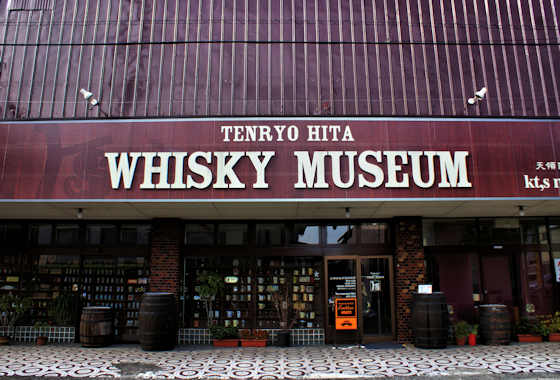 |
| Whisky Museum |
I visited Hita, a small, historic town near the border of Fukuoka in Oita, several times, the first being on day 53 of my walk around Kyushu on pilgrimage. I quite enjoyed the town and there was plenty to see in and around the Historic Preservation District, including a range of museums. The Whisky Museum was closed when I was there but it has a collection of 30,000 whiskeys and paraphernalia that have been collected by the owner since he was 13. If alcohol is your thug then there is a sake museum in the local brewery.
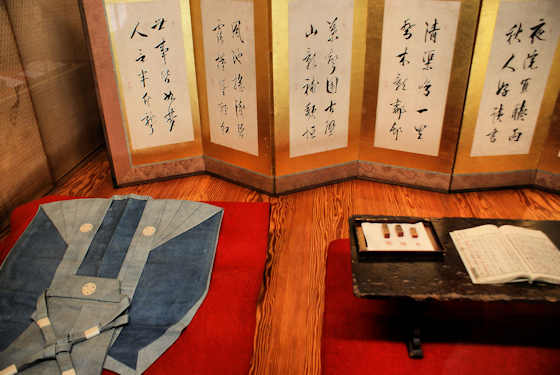 |
| Museum in Hita |
Saturday, March 26, 2022
Kamano Beach
Kamano Beach
Kamano Beach is immediately adjacent to Fukumitsu Beach, but is separated from it by a rocky promontory.


